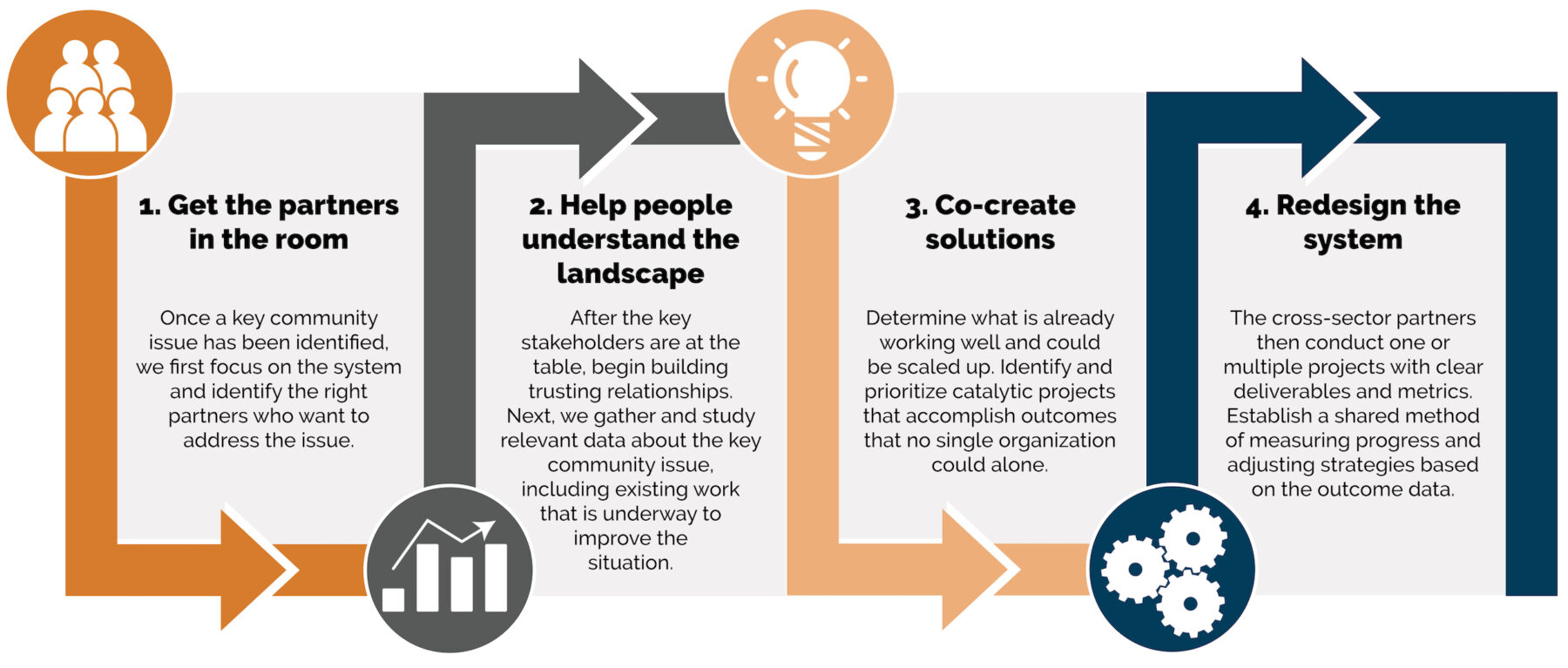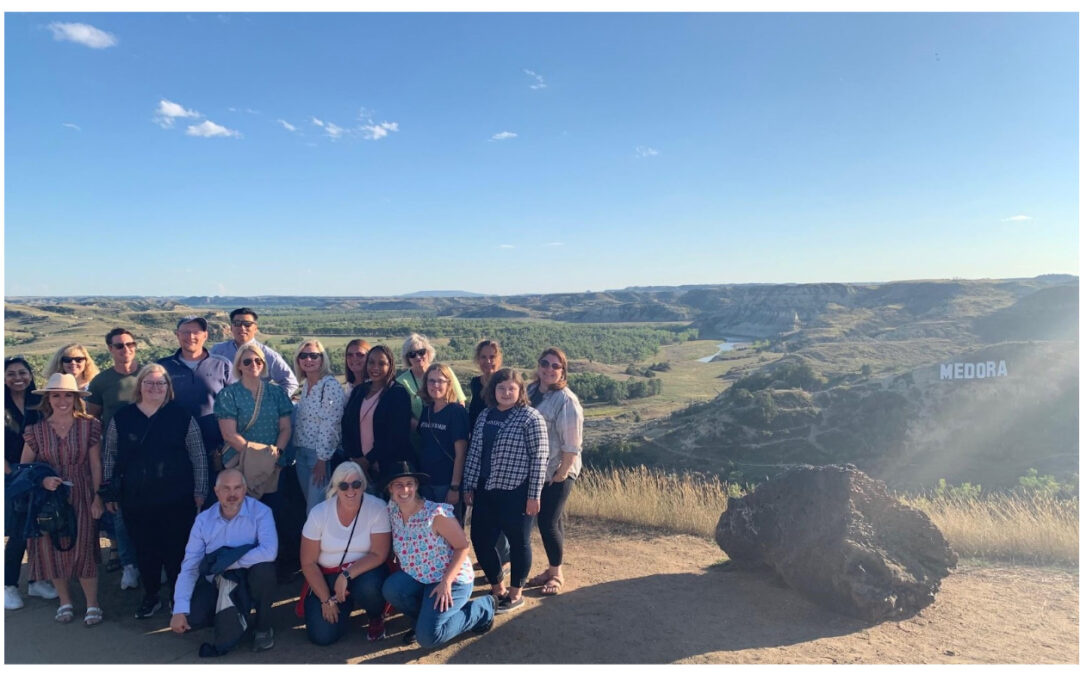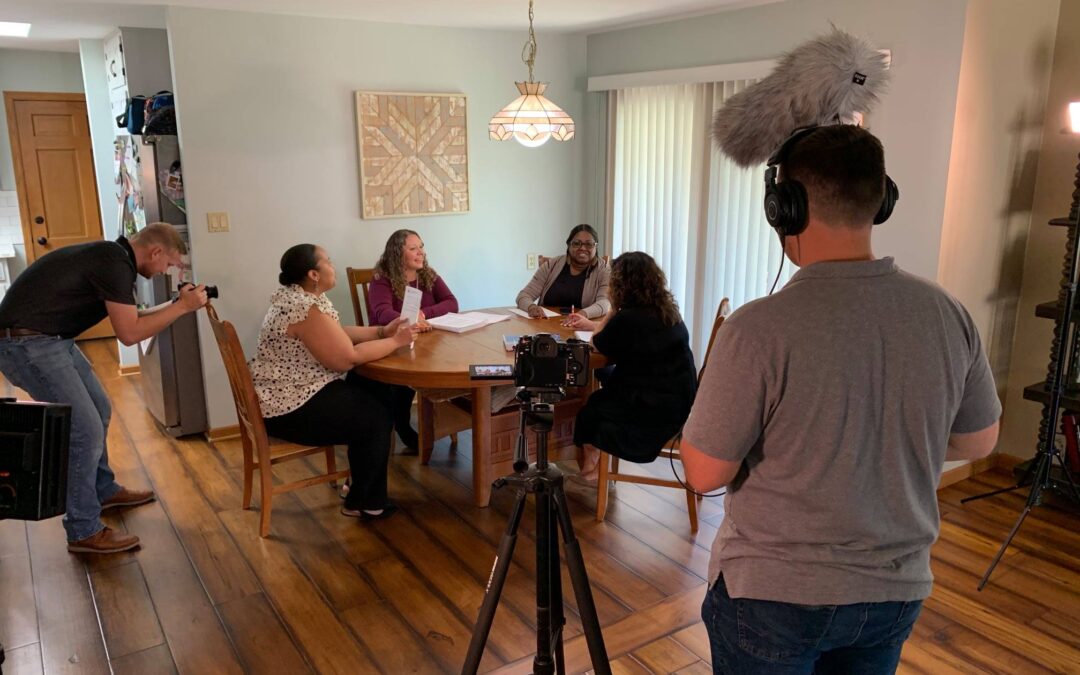 The U.S. Departments of Education (DOE) and Justice (DOJ) recently released guidance documents reaffirming the obligation under federal law that public schools must ensure English learner students have equal access to high-quality education.
The U.S. Departments of Education (DOE) and Justice (DOJ) recently released guidance documents reaffirming the obligation under federal law that public schools must ensure English learner students have equal access to high-quality education.
This comes on the 40th anniversary of the landmark case Lau v. Nichols that gave rise to the Equal Educational Opportunities Act (EEOA) which prohibits discrimination in schools so all students have the opportunity to succeed. The goal is for all students, regardless of their language background or English proficiency, to have the opportunity to reach their full academic potential.
Under Title VI of the Civil Rights Act of 1964 and the EEOA, public schools must ensure that English learner students can participate equally in educational programs. According to the DOE, almost 5 million students in the United States are English learners which is about 9 percent of all public school students. In parts of the country such as Denver, Colorado, more than 40 percent of the students in public schools are English language learners. This legislation is tremendously important for a large number of children in their pursuit of their education.
The guidance documents released delineates schools obligations to provide equal opportunities. Here are just a few examples of what is required of schools:
- Identify English learner students in a timely, valid and reliable manner
- Offer all English learner students an educationally sound language assistance program
- Provide qualified staff and sufficient resources for instructing English learner students
- Avoid unnecessary segregation of English learner students from other students
- Schools must communicate information to limited English proficient parents in a language they can understand about any program, service, or activity that English proficient parents would have access to.
- Schools must respond to a parent’s request for language assistance.
- Schools must provide translation or interpretation from appropriate and competent individuals and may not rely on or ask students, siblings, friends, or untrained school staff to translate or interpret for parents.
In addition to the school’s obligation to the English learner, schools are required to provide equal opportunity to the English learners’ parents.
To see more information regarding schools’ obligations under federal law to ensure that English learner students can participate meaningfully and equally in school, click here. Or to see more information regarding schools’ obligations under federal law to communicate information to limited English proficient parents, click here.
The mission of the DOE Office of Civil Rights is to “ensure equal access to education and promote educational excellence throughout the nation through the vigorous enforcement of civil rights.” Acting Assistant Attorney General Vanita Gupta for the Civil Rights Division at DOJ said “The diversity of this nation is one of its greatest attributes. Ensuring English learner students are supported in their education supports all of us.”
Transform Consulting Group applauds the release of these guidance documents reaffirming equal access to high-quality education for English learners. Transform Consulting Group works with programs across Indiana dedicated to helping children of all socioeconomic backgrounds access a high quality education, including On My Way Pre-K, the state’s pilot preschool program. Contact us today to learn more, or follow us on Facebook, Twitter, or LinkedIn.





